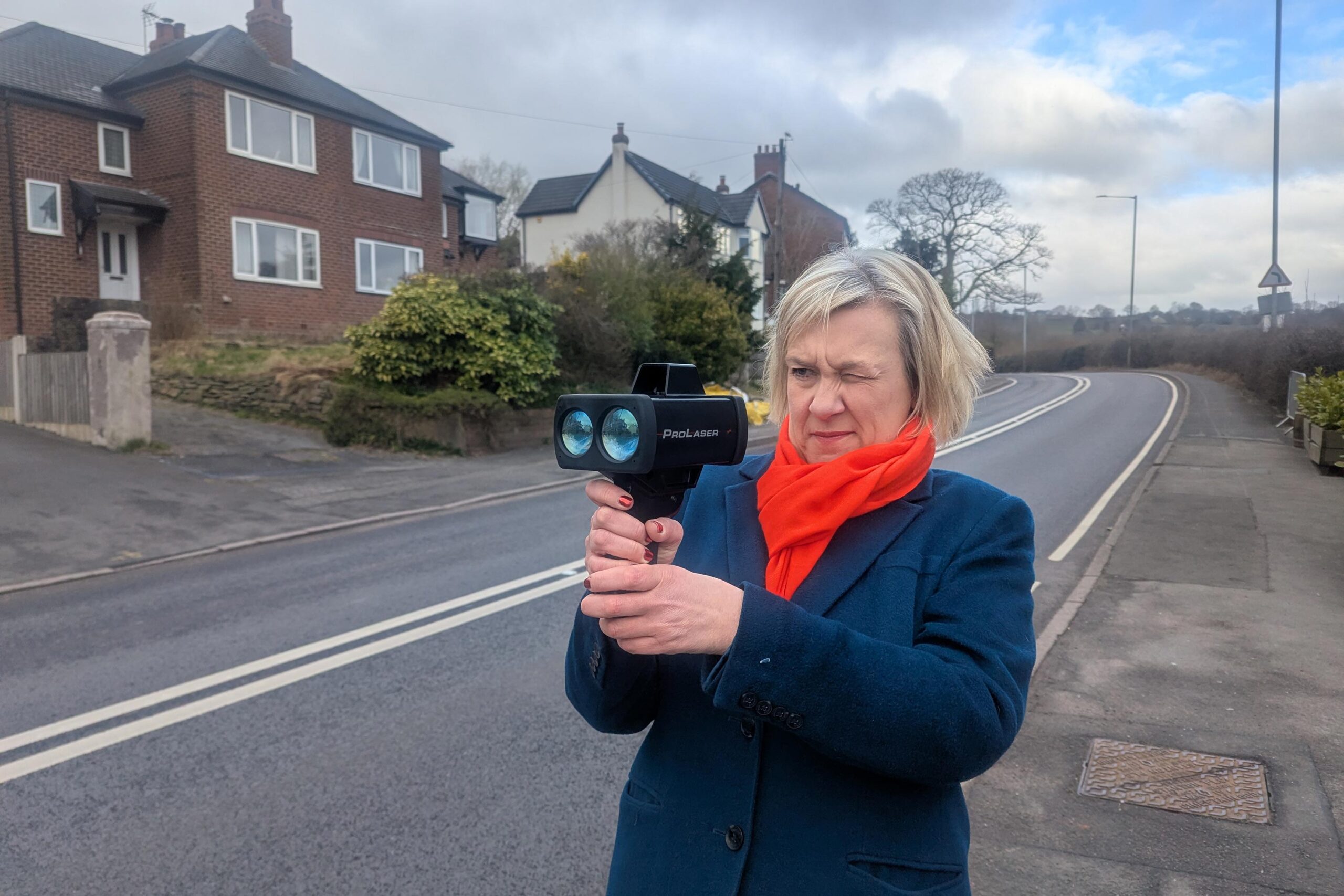The campaign to get the criteria for speed camera siting changed is one that I have been working on for far longer than I have been an MP.
Like many of the new 2024 intake of MPs, I was a councillor prior to my election to Parliament, and the issue of speed cameras is one that I am sure all my MP colleagues with council experience will be very familiar with.
This story begins with a technical document, as so many good stories do. In this case the catchily titled Circular 01/2007: Using speed and red-light cameras for traffic enforcement: deployment, visibility and signing. This circular was due to be updated in 2020 but, until recently, there has been little sign of this happening.
This national guidance requires three deaths or serious injuries before recommending speed cameras. Unfortunately, what this has meant in practice is that local authorities have in almost all cases implemented this as a rule – that speed cameras can only be introduced once that has happened.
Now while no-one has an issue with speed cameras being introduced in those circumstances, there are locations everywhere where anyone who uses them regularly knows that they are an accident waiting to happen, particularly for drivers who were less familiar with the location.
Constituents felt that they were left to fend for themselves on unsafe roads. They were tired of reporting the same danger again and again. And they were angry that nothing was changing until someone was seriously hurt or worse.
As a councillor, together with my colleagues, we got over 1,000 signatures on a petition to get this guidance changed, which we submitted to Transport for Greater Manchester (TfGM) and the Department of Transport, but with little sign of movement.
As a politician, I was trapped in a vicious circle – the response I was getting from the DfT was that it was only guidance, and that local highways authorities could implement their own guidance. However, the local highways authorities would say that they did not want to issue any guidance which conflicted with the national criteria.
Since coming to Parliament, I have gone through various approaches to raise this problem: written questions to ministers, interventions in the Chamber and an Early Day Motion, before I got my first Adjournment Debate, on this.
In the Chamber, I gave several examples of where constituents had got in touch with me about this, and the best example is the wonderful children of Mellor Primary School.
After I’d been to visit them, the entire year six class there wrote to me about speeding on Longhurst Lane, in Mellor, for I encouraged them to write to their MP about things they cared about and they did. Children aged 10 and 11 asked me for updates on what was being done about Longhurst Lane, and many of them told me speed cameras would be an obvious part of the solution.
If school children can see the solution. I think we should listen.
Even since the debate, progress has been made. Just a few days after the debate, Transport for Greater Manchester announced new guidance for the installation of speed cameras, which now adds in community concerns or smaller accidents as criteria for cameras.
The Minister has said that the DfT will be updating Circular 01/2007, and the expectation is that it will be closer to the new TfGM guidance.
Importantly, it is not just the guidance that needs to be changed, it is highways funding streams too. Having the national guidance revised should make a stronger case for funding preventative use of cameras, saving lives and stopping serious injuries.
I am looking forward to my next visit to Mellor Primary School, and I’ll be delighted to be able to share with them the changes that are now coming. I’ll be even happier when I see speed cameras in place, keeping them safe.
Changing the way we site speed cameras will make our communities safer and save lives


